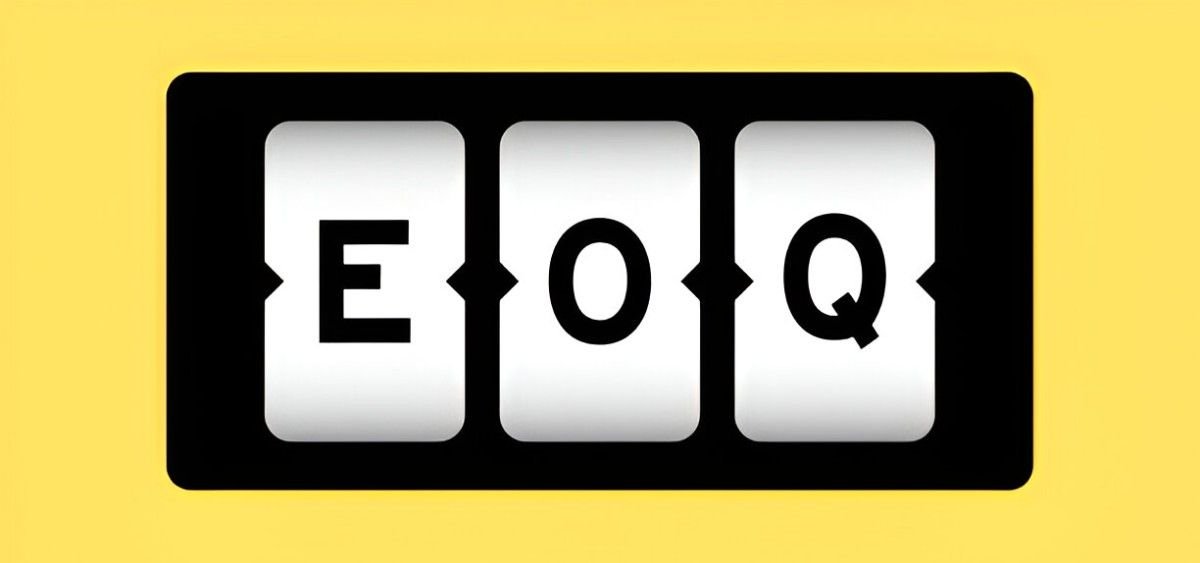Introduction
Managing inventory efficiently is crucial for businesses of all sizes. One of the most fundamental inventory management models is the Economic Order Quantity (EOQ). This model helps businesses determine the ideal order quantity that minimizes total inventory costs, balancing ordering and holding costs.
As someone deeply involved in finance and accounting, I have often analyzed inventory costs and realized that many businesses struggle to strike the right balance between frequent ordering and excessive storage. In this article, I will delve into the EOQ model in detail, including its formula, assumptions, applications, and real-world examples. I will also compare EOQ with other inventory management techniques, discuss its limitations, and explore its relevance in modern supply chains.
Table of Contents
What is Economic Order Quantity (EOQ)?
EOQ is a mathematical model that determines the optimal order quantity to minimize total inventory costs. It helps businesses avoid unnecessary stockouts and excessive holding costs while ensuring a steady supply of goods. The model was first developed by Ford W. Harris in 1913 and has been widely used ever since.
EOQ Formula
The EOQ formula is derived from the trade-off between ordering costs and holding costs. It is expressed as:
Where:
- D = Annual demand (units per year)
- S = Ordering cost per order
- H = Holding cost per unit per year
This formula helps businesses determine the most cost-effective order quantity that minimizes total inventory costs.
Understanding EOQ Components
To fully grasp how EOQ works, let’s break down its components:
- Demand (D): The number of units a business expects to sell in a year. Accurate demand forecasting is crucial to effective EOQ calculations.
- Ordering Cost (S): The cost incurred each time an order is placed, including administrative expenses, supplier fees, and transportation costs.
- Holding Cost (H): The cost of storing one unit of inventory for a year. This includes warehousing, insurance, depreciation, and obsolescence.
Example Calculation
Let’s assume a company sells 10,000 units of a product annually. Each order incurs a cost of $50, and the holding cost per unit per year is $2. Using the EOQ formula:
This means the company should order 707 units per order to minimize total inventory costs.
Cost Analysis
To further illustrate the cost implications of EOQ, consider the total ordering cost and holding cost calculations:
Total Inventory Cost = Ordering Cost + Holding Cost = $1,414
EOQ vs. Other Inventory Management Techniques
| Feature | EOQ Model | Just-in-Time (JIT) | ABC Analysis | Periodic Review |
|---|---|---|---|---|
| Objective | Minimize total inventory cost | Reduce inventory levels | Classify inventory by importance | Replenish at fixed intervals |
| Inventory Levels | Moderate | Low | Varies | Moderate |
| Suitability | Stable demand, predictable costs | High variability, lean operations | Categorized inventory management | Periodic demand assessment |
| Complexity | Low | High | Moderate | Moderate |
Assumptions of EOQ
The EOQ model operates under several key assumptions:
- Constant Demand: Demand remains stable throughout the year.
- Fixed Ordering Cost: Each order incurs the same cost.
- Instantaneous Replenishment: Inventory is restocked immediately after ordering.
- Constant Holding Cost: Storage costs remain unchanged.
- No Quantity Discounts: Bulk order discounts are not considered.
Limitations of EOQ
While EOQ is a powerful tool, it has some limitations:
- Ignores Stockout Costs: EOQ does not account for potential lost sales due to inventory shortages.
- Assumes Constant Demand: Demand fluctuations can render EOQ calculations inaccurate.
- Does Not Factor in Lead Time: Delays in supply chain operations can disrupt optimal ordering schedules.
- Inapplicable to Perishable Goods: For industries dealing with perishable items, EOQ may not be the best approach.
EOQ in Modern Supply Chains
In today’s dynamic business environment, firms use EOQ alongside other inventory strategies to optimize stock levels. Many companies integrate EOQ calculations with Enterprise Resource Planning (ERP) systems to automate order placements.
Additionally, businesses use EOQ in conjunction with Just-in-Time (JIT) inventory management to balance cost savings with production efficiency.
Adjusting EOQ for Quantity Discounts
In real-world scenarios, suppliers often offer bulk purchase discounts. The EOQ formula must be adjusted to account for these cost reductions. The revised approach involves comparing total inventory costs at different order quantities and selecting the most cost-effective option.
Example Calculation with Discounts
Suppose a supplier offers a 5% discount for orders above 1,000 units. The revised EOQ analysis must include:
- Standard EOQ Cost
- Discounted Price Impact
- Revised Holding Cost
If the price per unit drops from $10 to $9.50 for larger orders, the total cost equation changes. The decision should weigh the benefits of lower purchasing costs against increased holding costs.
Conclusion
Economic Order Quantity (EOQ) remains a fundamental model in inventory management. It helps businesses minimize costs by balancing ordering and holding expenses. While EOQ works well for stable demand and predictable costs, modern businesses must adapt it to dynamic supply chains and incorporate real-world variables like lead time fluctuations and bulk discounts.
By integrating EOQ with technology-driven inventory management systems, businesses can optimize stock levels while maintaining cost efficiency. Understanding and applying EOQ effectively allows businesses to make informed purchasing decisions, ultimately improving financial performance and operational efficiency.




